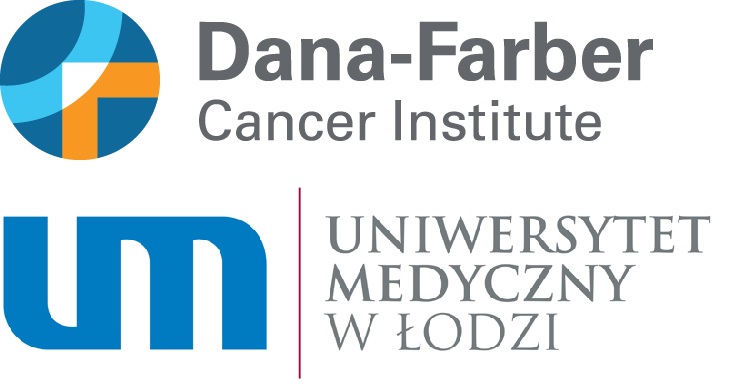Breast cancer is the most common cancer in women. In 2020, 2.3 million new cases were diagnosed, accounting for 11.7% of new cancer diagnoses worldwide. Approximately 5% – 10% of cases involve hereditary breast and ovarian cancer (HBOC), most commonly linked to mutations in the BRCA1 or BRCA2 genes. Currently, BRCA1/2 genetic tests are recommended only for individuals in families with a history of breast, ovarian, fallopian tube, or peritoneal cancer, or for individuals from populations with a high frequency of mutations (e.g., Ashkenazi Jews). Over half of BRCA1/2 mutation carriers lack a family history of cancer that would qualify them for free genetic testing.
Previous studies involving us showed that the profile of circulating microRNAs (miRNA) could form the basis of a diagnostic test for early-stage ovarian cancer (Elias, Smyczyńska et al. Nature Communications, 2023). However, the study did not answer whether changes in miRNA expression were a feature of ovarian cancer associated with mutations in the BRCA1/2 genes.
In the study “Circulating microRNAs for assessment of risk beyond the BRCA genes and early detection of breast cancer in high-risk families,” conducted in collaboration with our international partners, we aim to develop a non-invasive test to identify women at risk of developing breast and ovarian cancer and to detect these diseases early. As part of this project, samples collected in collaboration with Prof. Judy Garber (Dana Faber Cancer Institute, Boston), Prof. Susan Domchek (Penn Medicine, Philadelphia), Prof. Usha Menon (University College London), and Prof. Agnieszka Kołacińska-Wow (Medical University of Łódź) will undergo transcriptomic analysis by a team led by Prof. Wojciech Fendler. We hope that the results of our research will enable even better personalization of treatment for patients at high risk of breast cancer and facilitate more precise oncological diagnostics.
You can read more about our previous study here and about the Gray Foundation grant here.


